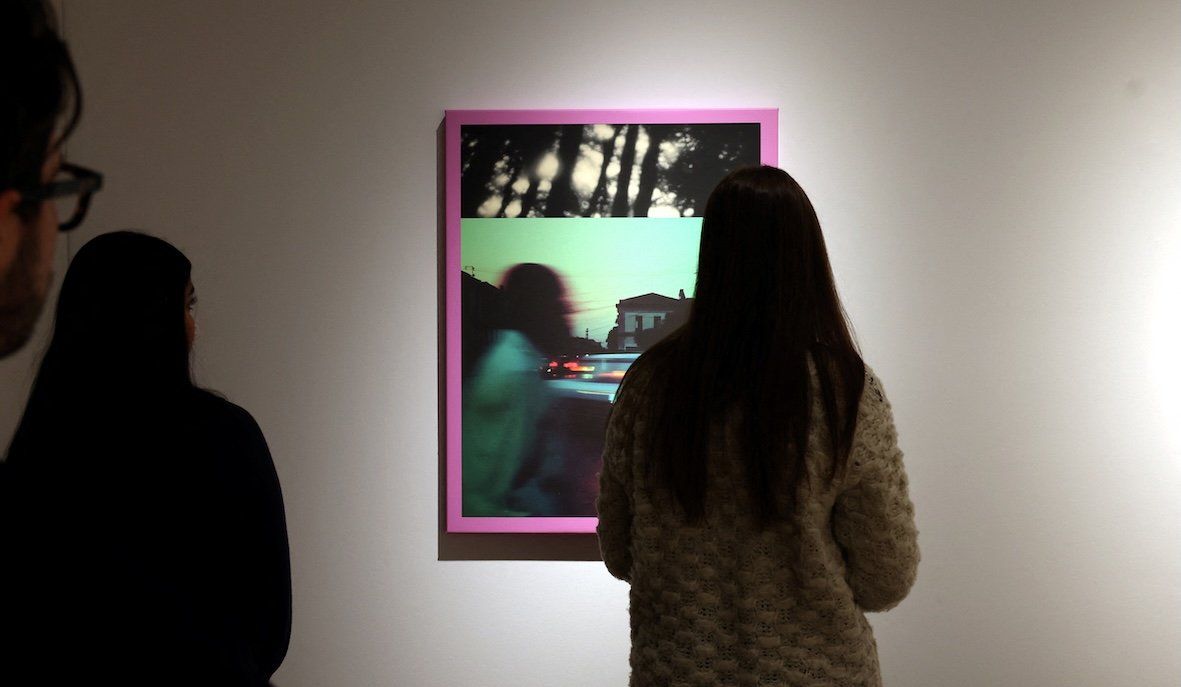The esteemed art auction house Christie’s will hold its first-ever show dedicated solely to AI-generated art later this month.
The event, called “Augmented Intelligence” will kick off on Feb. 20 and conclude on March 5. It will feature art from the 1960s artist and programmer Harold Cohen, as well as contemporary artists including Pindar Van Arman and Holly Herndon. An autonomous robot made by Alexander Reben will paint live during the show in Christie’s galleries in New York’s Rockefeller Center.
But the intersection of art and AI is a source of tension in the art world as many believe that popular AI developers have improperly trained their image-generation models on copyrighted artworks. More than 3,000 artists signed a petition calling for Christie’s to cancel the show. “Many of the artworks you plan to auction were created using AI models that are known to be trained on copyrighted work without a license,” the petition states. “These models, and the companies behind them, exploit human artists, using their work without permission or payment to build commercial AI products that compete with them.”
Christie’s defended its sale in a statement to
TechCrunch. “The artists represented in this sale all have strong, existing multidisciplinary art practices, some recognized in leading museum collections,” a Christie’s spokesperson said. “The works in this auction are using artificial intelligence to enhance their bodies of work and in most cases, AI is being employed in a controlled manner, with data trained on the artists’ own inputs.”
